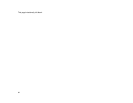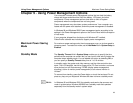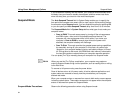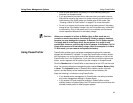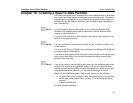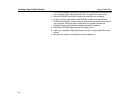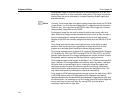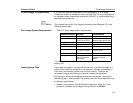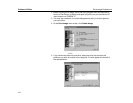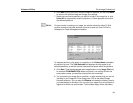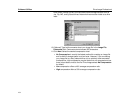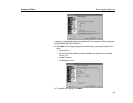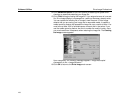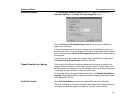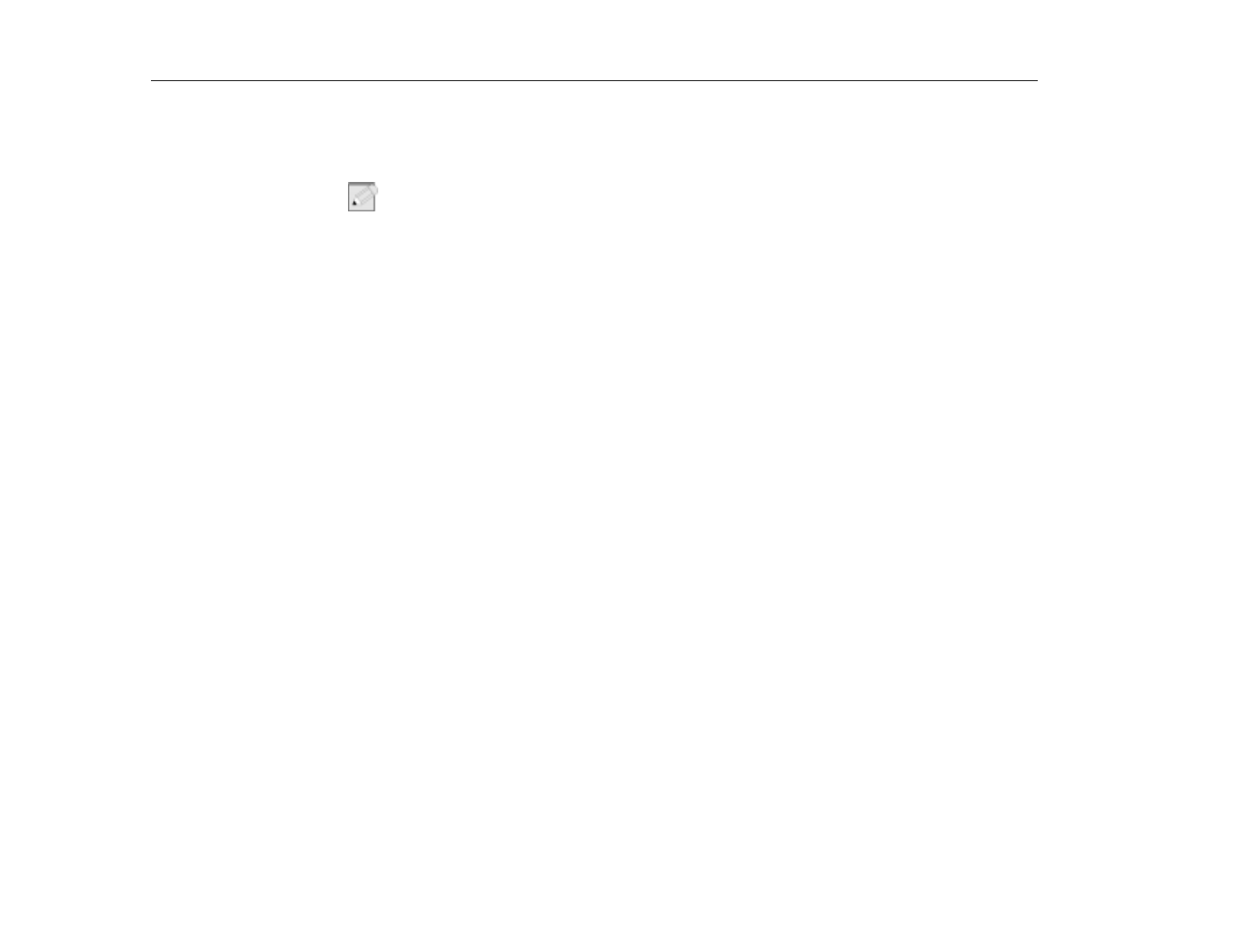
Drive Image 3.0
Software Utilities
100
compressible image of the entire hard drive or individual partition on a Jaz, Zip,
secondary hard drive, or other removable media device. The image can then be
restored from the source and used for complete Operating System application
and data recovery.
N
OTE
:
Currently, Drive Image does not support creating image files directly on CD-ROM
or tape drives. You must first save image files to a supported source (hard drive,
Zip drive, etc.), then copy them to CD-ROM or tape. Drive Image can, however,
directly restore image files from CD-ROM.
Furthermore, image files can only be saved to devices that have a valid drive
letter. While Drive Image includes some device drivers (such as Zip), the user is
primarily responsible for loading the necessary drivers for their data storage
devices so that DOS can correctly assign drive letters (such as USB Zip or 2 GB
JAZ).
Drive Image also includes other useful features such as the ability to resize
partitions, disk to disk copying for upgrading to a larger hard drive, and file
systems error and bad sector checking to prevent copying problems.
Drive Image supports the file systems of all versions of Windows 95/98, Windows
NT, Windows 3.x, DOS. And OS/2 including FAT32, FAT32X, NTFS, and HPFS
partition types. Because Drive Image understands the internal structure of these
file systems, partition resizing and fast SmartSector copying can occur.
Drive Image provides limited support for NetWare, Linux, UNIX and other partition
types. However, Drive Image copies such partitions sector by sector—and does
not resize them on the destination drive—making the image file creation and
restoration process for these file systems more time consuming. Additionally,
internal disk location references are not modified on the destination drive. This
may make these partitions unbootable or otherwise inaccessible.
Drive Image is a DOS-based program that can be run from the hard drive in DOS
or MS-DOS mode or from a CD after booting DOS. Because multi-tasking
Operating Systems like Windows 95/98 and Windows NT operate with open files
on the hard drive, it is necessary to run Drive Image from DOS so that image files
are an exact copy of your hard drive. By running DOS, the hard drive is
completely inactive with no open files.



